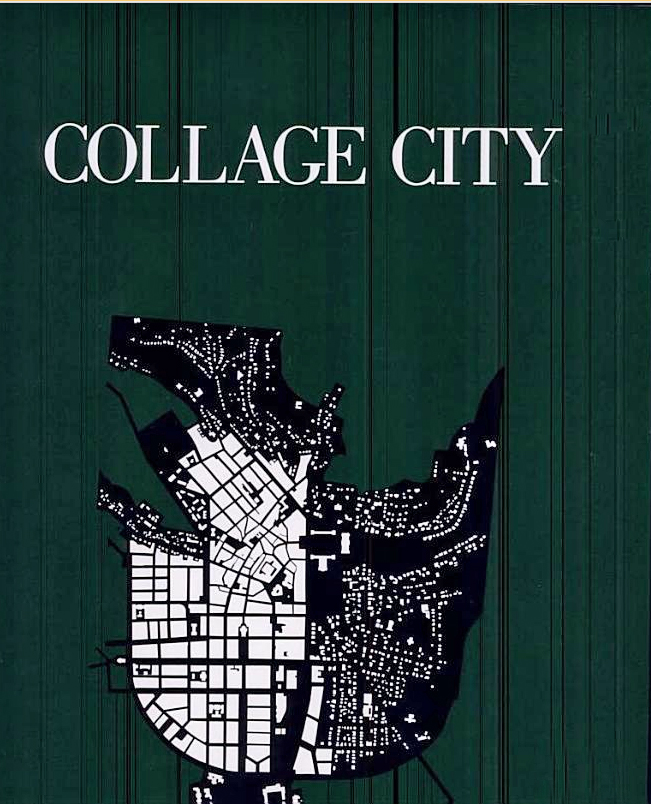James Corner answered my question about landscape urbanism and the QE Park

James Corner gave a very good lecture to a 300+ audience at the University of Greenwich yesterday. I went with a question, which was answered in the course of the lecture and did not need to be put. The question was this: ‘I came across a website which gave the 2012 Queen Elizabeth Olympic Park in London as a prime example of landscape urbanism. Please could you say whether you agree with this and explain your reasons.’ Corner’s answer to the first part of the question was a resounding ‘YES’ (see LAA discussion of Queen Elizabeth Park).
‘Of course he said yes’, you may think. So why did I want to ask the question? The reason is that I think of landscape urbanism as a design method. I believe Charles Waldheim does too. I am not identifying a disagreement between Waldheim and Corner but last night’s answer to the second part of my question was in terms of planning procedure rather than design methodology. He identified the QE park as an example of landscape urbanism because it ‘puts landscape at the heart of the development process’. In this connection, Corner pointed to Colin Rowe’s figure-ground theory as being as important now as when Collage City was published (1978). As the cover of the book shows, city planning can start with the design of objects or it can start with the design of the space between the objects. This argument can also be found in Corner’s book Recovering Landscape: Essays in Contemporary Landscape Architecture (Princeton Architectural Press, 1999) and in the below video (1995) which has contributions from James Corner, Alan Balfour and Denis Cosgrove.
Denis Cosgrove was a widely admired geographer with a special interest in the importance of landscape in western culture. Like Corner, Cosgrove saw landscape as much more than a pastoral dream. It is not something which can be processed, bottled and used as a green sauce to make development projects less objectionable. Cosgrove understood landscape as a ‘ harmonious balance of nature and culture’. This is the sense in which ‘landscape’ needs to be ‘recovered’. As Corner also emphasised, ‘landscape’ is also more than ‘open space’: it has ecological, hydrological and instrumental roles. ‘Instrumental’ in this context seems equivalent to ‘functional’ and includes both amenity and commercial functions.
